NASA Streams First Deep Space Video Ever
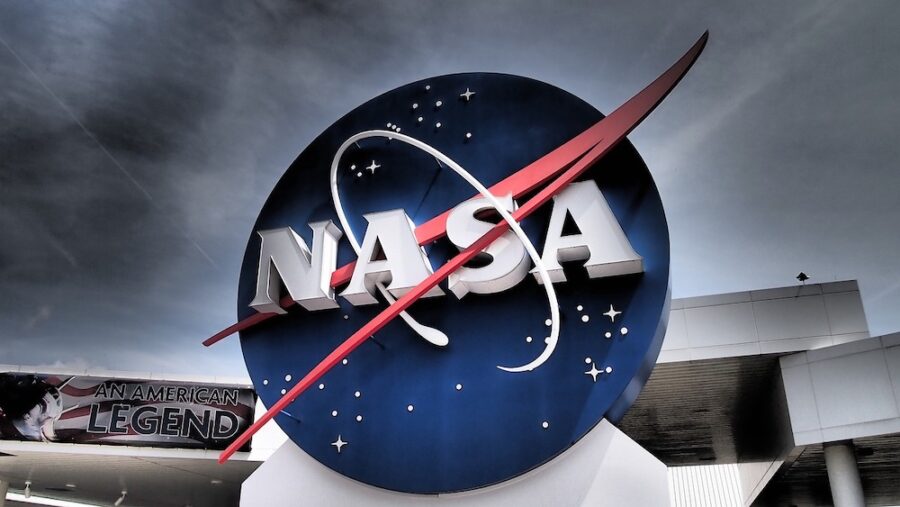
NASA’s Jet Propulsion Laboratory (JPL) accomplished the unthinkable last week, and transmitted information into deep space in the form of a 15-second video featuring a cat named Taters.
We know it sounds like we just made this up, but we’re talking about NASA’s breakthrough in downloading 1.3 terabits of data from the Deep Space Optical Communications (DSOC) experiment’s Psyche spacecraft.
15-Second Test Video
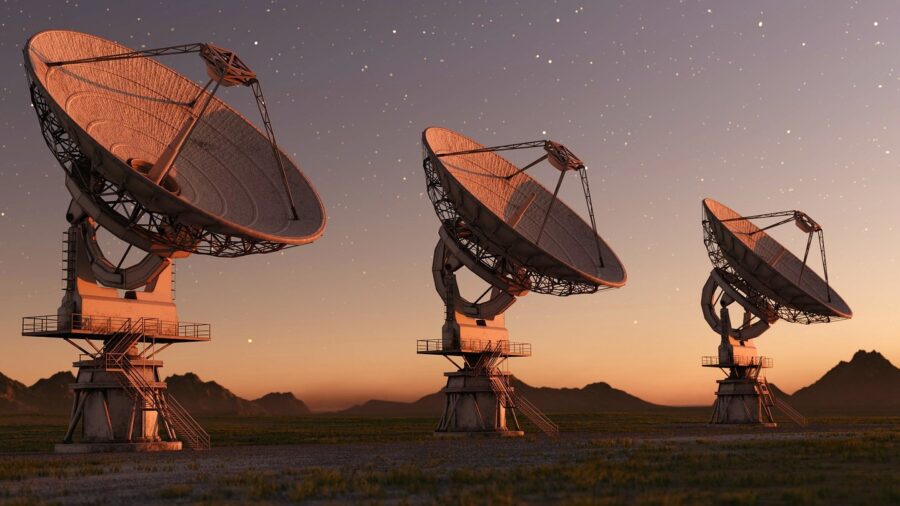
The Psyche spacecraft, which is managed by Arizona State University, is nearly 19 million miles from Earth, meaning that we’re talking about some serious bandwidth.
You may be wondering how long it took this deep space video to reach Earth, and the numbers are baffling.
In just 101 seconds, the 15-second test video of Taters was beamed to the Hale Telescope at Caltech’s Palomar Observatory at a speed of 267 Mbps. For context, NASA’s Magellan mission to Venus took nearly four years to downlink 1.2 terabits of data from 1990 to 1994.
High-Bandwidth Video Over Distances
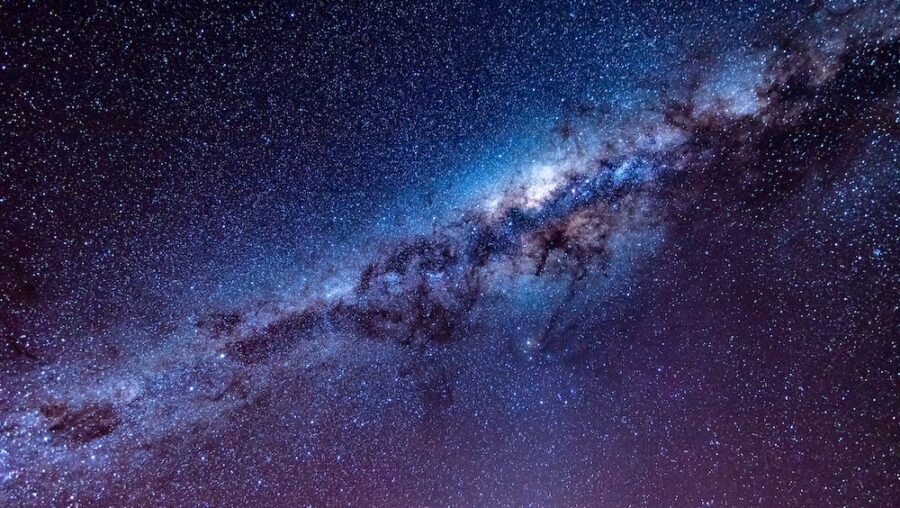
The ability to process deep space video with such a high degree of accuracy (and at unheard of speeds) marks a crucial step forward in NASA’s efforts to transmit high-bandwidth video over extremely long distances.
With the end goal of sending humans to Mars in mind, next steps will include sending scientific data, high-definition photos, and more videos that will help this vision be fully realized.
Psyche is currently traveling toward the main asteroid belt between Mars and Jupiter, meaning that NASA’s latest technology demonstration is a suitable proof of concept.
Faster The Broadband Internet

What’s even more impressive about this deep space downlink is that the video from Psyche was received by the Palomar Observatory at a speed faster than most Earthbound broadband internet connections could transmit.
When the video of Taters was downloaded to the observatory, it was then sent to the JPL lab over the internet at a considerably slower speed.
In other words, the cat in question traveled through deep space faster than you could download the photo album from your most recent family trip to Disney World.
Cat Video In Space
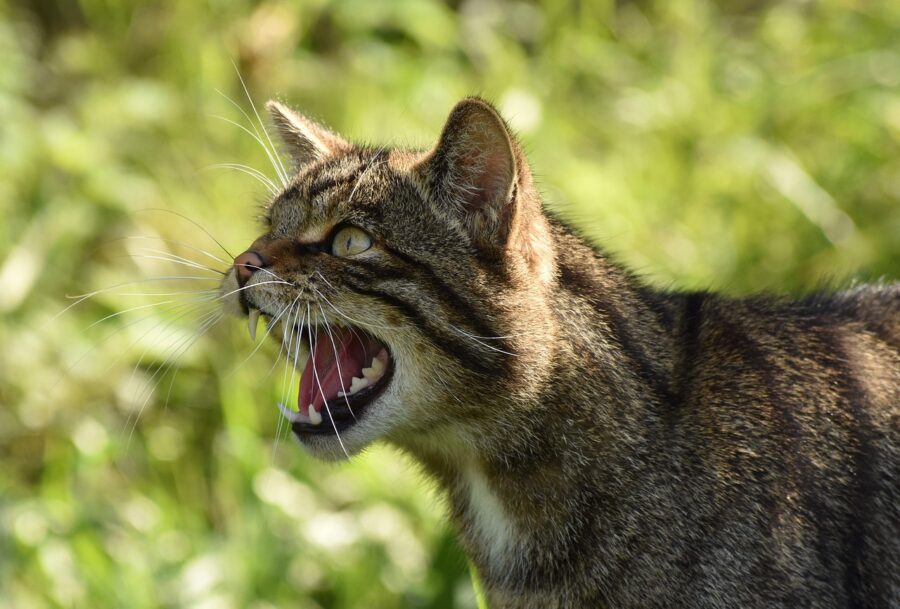
As for the cat video, that was just a fun way to demonstrate how the technology works.
Taters is simply the pet of a JPL employee who wanted to test out the deep space video feed in a way that was memorable.
The ultra-high definition video features Taters chasing a laser pointer with a number of graphics superimposed over the feed. Included in the deep space video feed is Tater’s heart rate, color, and breed.
Demonstrating Deep Space Videos
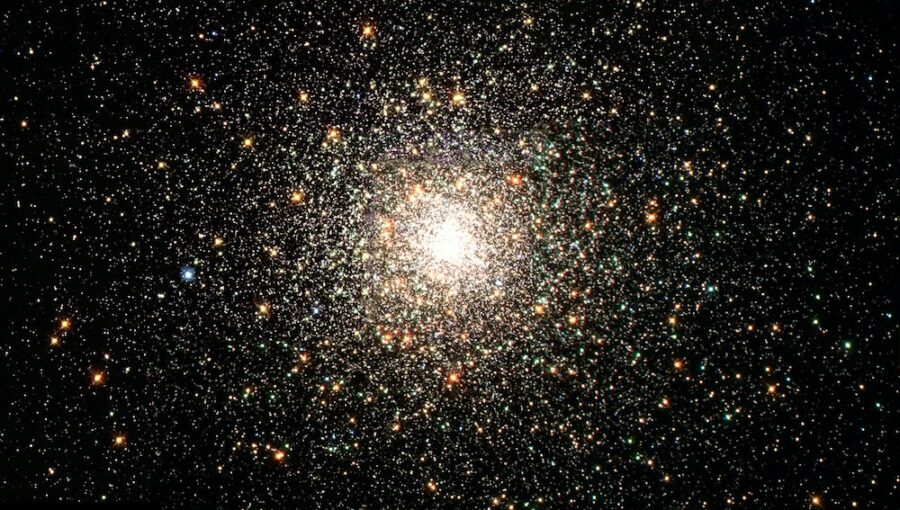
Using Tater’s likeness was also a nod to early testing of television broadcast transmissions in which a small statue of Felix the Cat was the subject of the video feed.
Back in 1928, the cartoon cat was used to demonstrate the ability to transmit video. Today, a real-life cat is being used to demonstrate the same concept, but in the form of a deep space video.
Next Step In Colonizing Other Planets
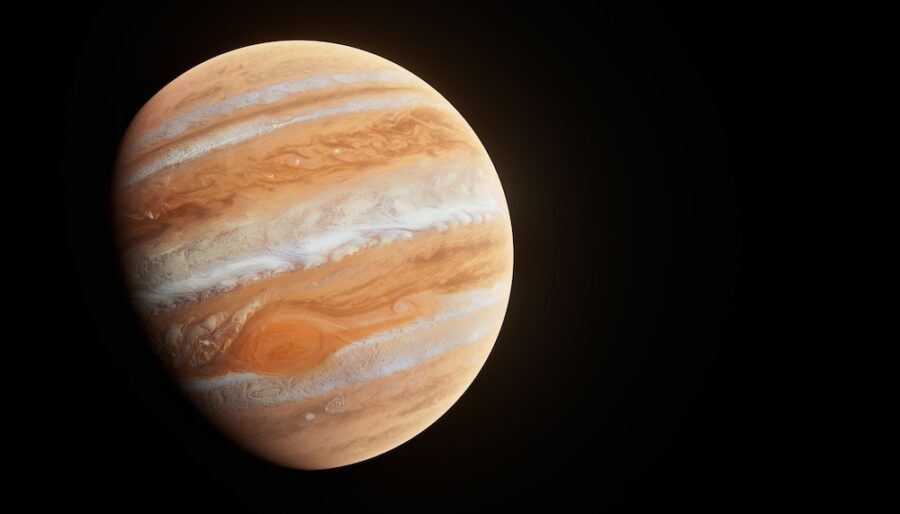
Utilizing deep space video feeds is the next big step in humanity’s desire to colonize other planets, and possibly find intelligent life outside of our solar system.
While we currently have our sites set on Mars, it’s not outside the realm of possibility that one day we will be able to seamlessly integrate advanced communications technology in other far off interplanetary missions.
So if you’re worried about whether you’ll be able to log into your Netflix account while traveling to some distant planet, you can rest assured that one day you’ll probably have a better signal in deep space than we currently have on Earth.












